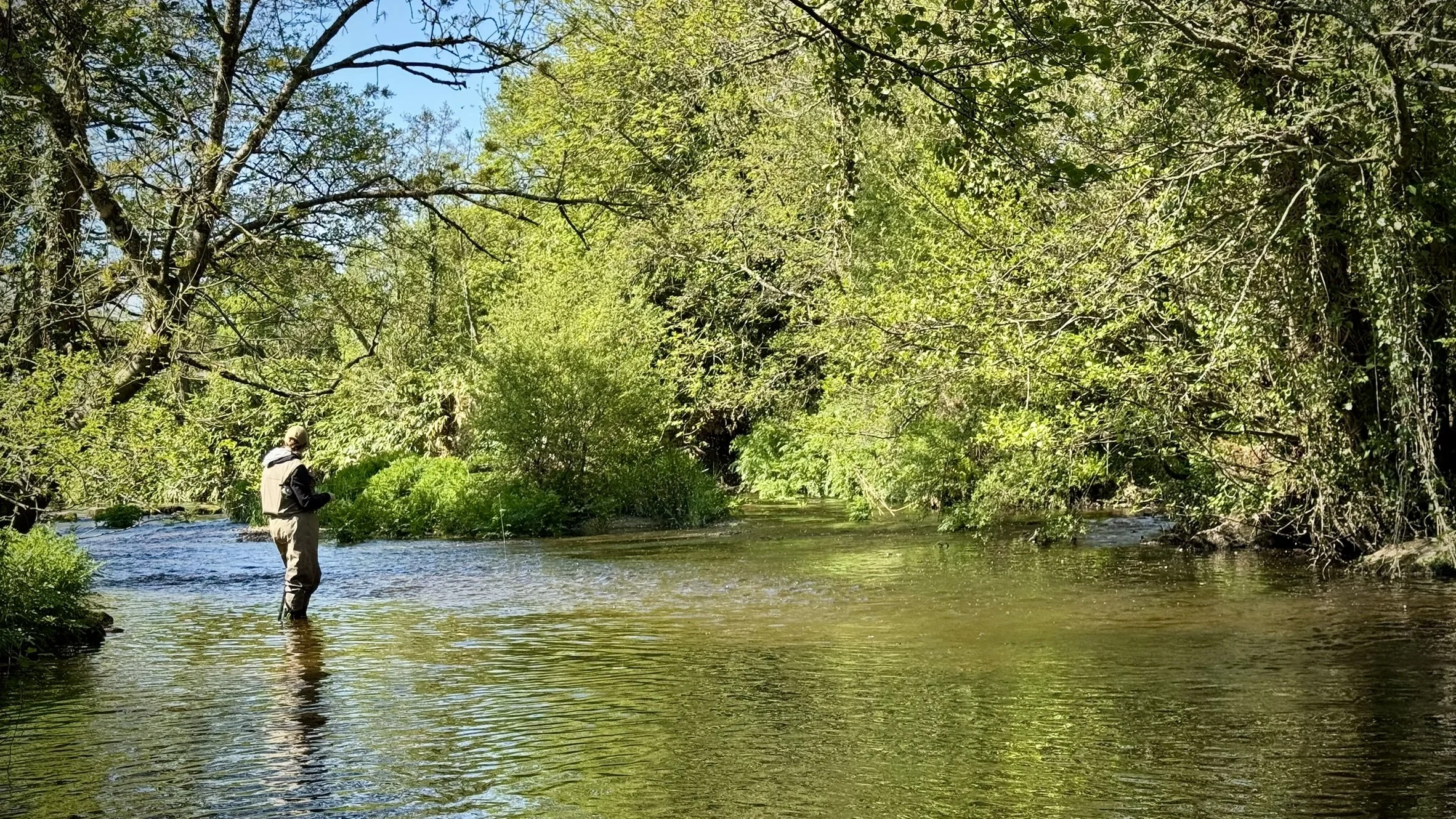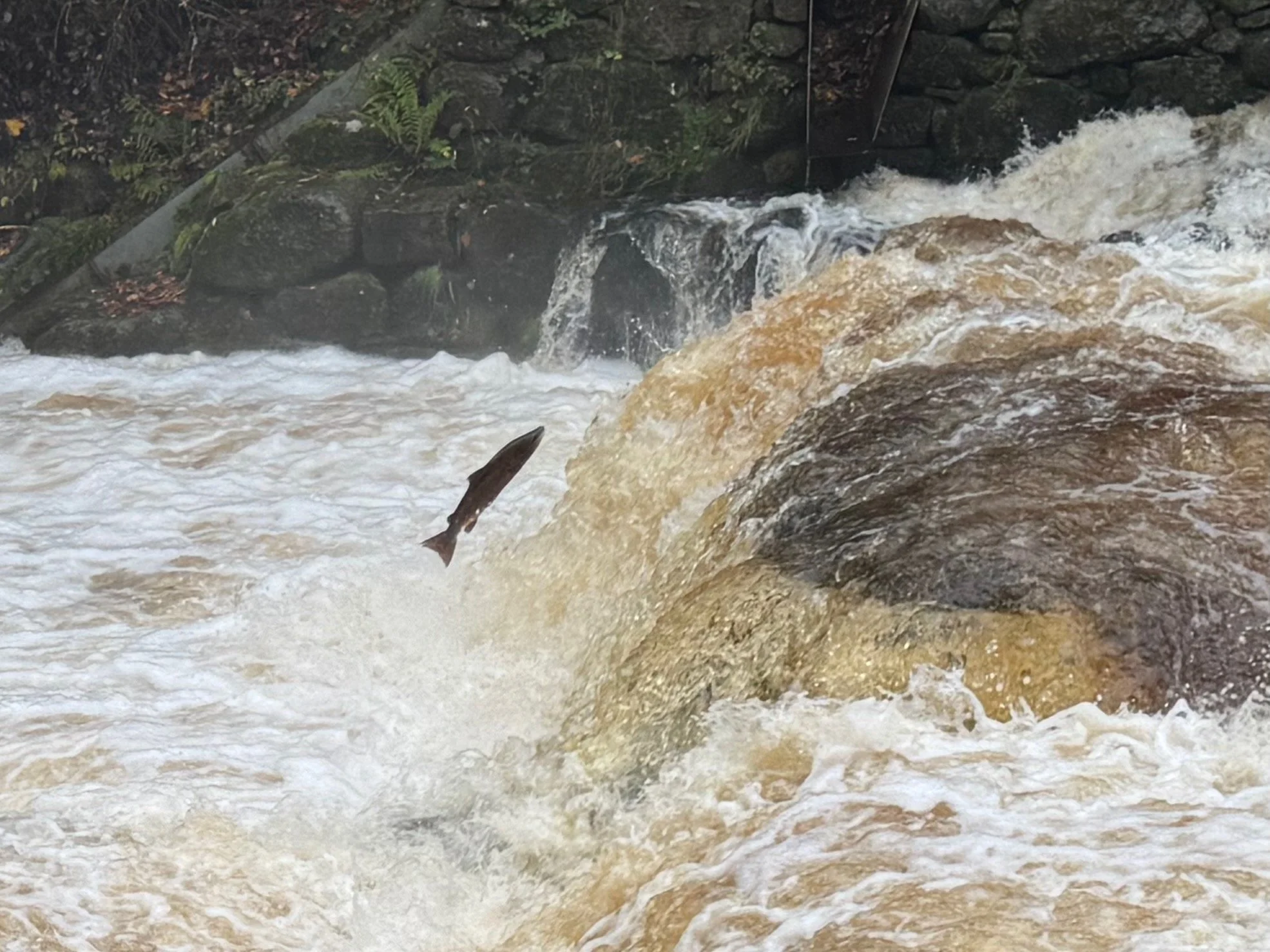Looking Ahead
As the nights draw in and another year edges toward its close, most people pause, reflect, and look backwards. But here at TACA, we find ourselves doing the opposite. We’re already looking and planning forward - not just to next spring, not only to the next spawning season, but five years ahead.
That might sound ambitious, but on a river system, five years feels just about right. It’s long enough to measure change, to track the effects of habitat restoration, to see whether salmon return to spawn on newly-laid gravels, or whether a willow we planted has taken root and begun stitching an eroded bank back together. And, just as importantly, it’s short enough to stay focused, accountable, and responsive to what the river is telling us in real time.
If we were to look back, there’s one thing this year has made clear: the work, works - but only if we keep planning, keep learning, and keep building on what we now know.
Why Five Years?
Rivers don’t run on human calendars. They move on ‘river time’ - storms, droughts, migrations, seasons stacked upon seasons. A log we embed today might not reveal its full value until the following winter. A restored gravel run may not see its first redd until year three. A newly-planted tree doesn’t throw meaningful shade until its leaves can actually cover the water.
That’s why five years matters. It gives us enough space to fully understand the results of our work and whether the work we carry out stands the test of time. Only through the data can we fully determine whether juvenile fish numbers rise in response, whether invertebrate scores improve and whether the work carried out made the difference we believed it would.
And that’s crucial - because nothing we are doing is decorative. It’s not tidy-up work. It’s survival work for a river that holds an endangered species (The Atlantic Salmon) at its core.
What We’ve Learned & What Comes Next
The 4-year River Teign Restoration Project has shown us, with data, not guesswork, exactly where the catchment needs a helping hand. It has revealed the weaknesses and within them the opportunities, and it has given TACA and our partners a sharper direction for what comes next.
Over the next five years, our focus will include restoring eroded banks, hopefully planting more riverside trees to reduce solar gain in open channels, creating the right balance of light and shade, leaving well-placed fallen trees in situ to improve flow diversity, increasing the number of Riverfly monitoring sites, expanding electrofishing surveys to understand where juveniles are thriving or struggling, and strengthening headwaters - because if you build the right conditions, salmon and sea trout will come.
The river has shown us, again and again, that its health is tied not to one thing but to structure: shade, flow, gravels, passage, prey, refuge. Improve these, and the fish respond. Ignore them, and the trending decline continues quietly, but steadily.
A returning Atlantic Salmon attempting Drogo Weir (November 2025)
A Future Built on People, Partnership and Shared Purpose
If the past few years have taught us anything, it’s that rivers aren’t restored by lone organisations or by heroics. They are restored by networks of people who care.
Every metre of reinforced bank, every redd that hatched a new generation, every improved section exists because landowners opened gates, partner organisations shared expertise, funders backed good science, and volunteers gave the most valuable thing any of us have: Time.
When a farmer agrees to fence off a bank, when the National Trust brings teams and tools, when the Wild Trout Trust offers guidance on best practice, when the Environment Agency and Westcountry Rivers Trust stand behind a shared plan, when someone pulls on waders and gets involved - the river gains another ally. Relationship by relationship, the catchment becomes more resilient.
Yes, funding matters - and I have to say that it's good to see new streams beginning to open up again, but money alone doesn’t fix a river. People do. The ones who keep showing up. The ones who learn the pools and bends by name. The ones who happily spend a Saturday counting invertebrates or scanning a pool for holding sea trout. Those are the people shaping the Teign’s future. And it has been a joy to meet so many of you this year than ever before.
A Closing Thought
I believe we’re standing at a rare and encouraging moment. We have evidence to guide us, partners who share the mission, volunteers who are keen to get involved, and a river that is very much still recoverable and receptive to helping hands. That combination won’t last forever - but it does exist right now, and I think that makes the next five years incredibly important.
The next five-year chapter of the Teign will be written by all of us: in muddy boots, in planted trees, in survey notebooks, in shared graft, in quiet moments on the bank when we notice something alive and thriving where it wasn’t before.
That’s how rivers are restored - one small action at a time and multiplied by many hands.



